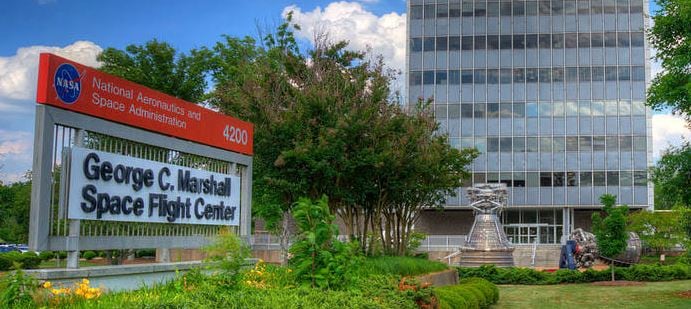The life of a landmark NASA mission that President Donald Trump previously derided as being extremely costly and delayed has been extended by his one big, beautiful bill.
His anticipated signing on Friday would represent a reversal of course for the space economy of north Alabama, potentially worth billions of dollars.
The White House proposed a budget for NASA last month that featured historically huge cuts, primarily to the agency’s science programs. However, after 2027’s Artemis III, which will send humans to the moon for the first time since Apollo 17 in 1972, it also called for the phaseout of the Space Launch System and its Orion crew capsule. Up to ten missions were anticipated to employ SLS and Orion in the Artemis moon-to-Mars program.
However, Congress added about $10 billion to the budget for the Lunar Gateway station, Orion, and SLS. Sen. Ted Cruz of Texas first proposed the clause in an amendment, arguing that specific, vital investments are required to guarantee that the United States creates a moon colony before China does.
Cruz’s extra financing was incorporated into the versions of Trump’s tax and spending measure that were approved by the Senate and the House.
Sen. Katie Britt stated on X that the law fulfills important commitments and will significantly boost investment in the space sector in north Alabama. This includes $4.1 billion for the Artemis IV and V missions and $100 million for infrastructure and development work at Marshall Space Flight Center.
In a recent statement, Rep. Dale Strong, whose 5th District includes Huntsville, stated that President Trump’s Big Beautiful Bill will help all of North Alabama, from our manufacturing, defense, and space industries to our working families, farmers, and small business owners.
North Alabama stands to benefit from at least two more Artemis missions operated from Marshall Space Flight Center if Trump signs the legislation, as he is anticipated to do.
According to a 2024 assessment, NASA’s Artemis-related activities had a greater economic impact on Alabama than any other state, totaling $5.1 billion. It ascribed a large portion of that to Marshall’s influence and the contracts it manages.
NASA’s primary center for SLS, Marshall Space Flight Center, oversees the integration, stages, engines, and booster. With around 7,000 federal employees and contractors, Marshall is one of NASA’s biggest field centers.
The many components of the SLS are developed, produced, and operated by major Huntsville aerospace firms, including as Boeing, Dynetics, Aerojet Rocketdyne, United Launch Alliance, and Teledyne Brown Engineering.
Most Popular Stories by
John R. Roby
-
FBI pauses training center s move to Huntsville – for now
-
Pentagon scrubs Golden Dome event for small contractors in Huntsville
-
Huntsville company chosen for $237M Space Force satellite contract program
-
Engine for this area – TVA details proposed $5 billion hydropower project in Alabama






